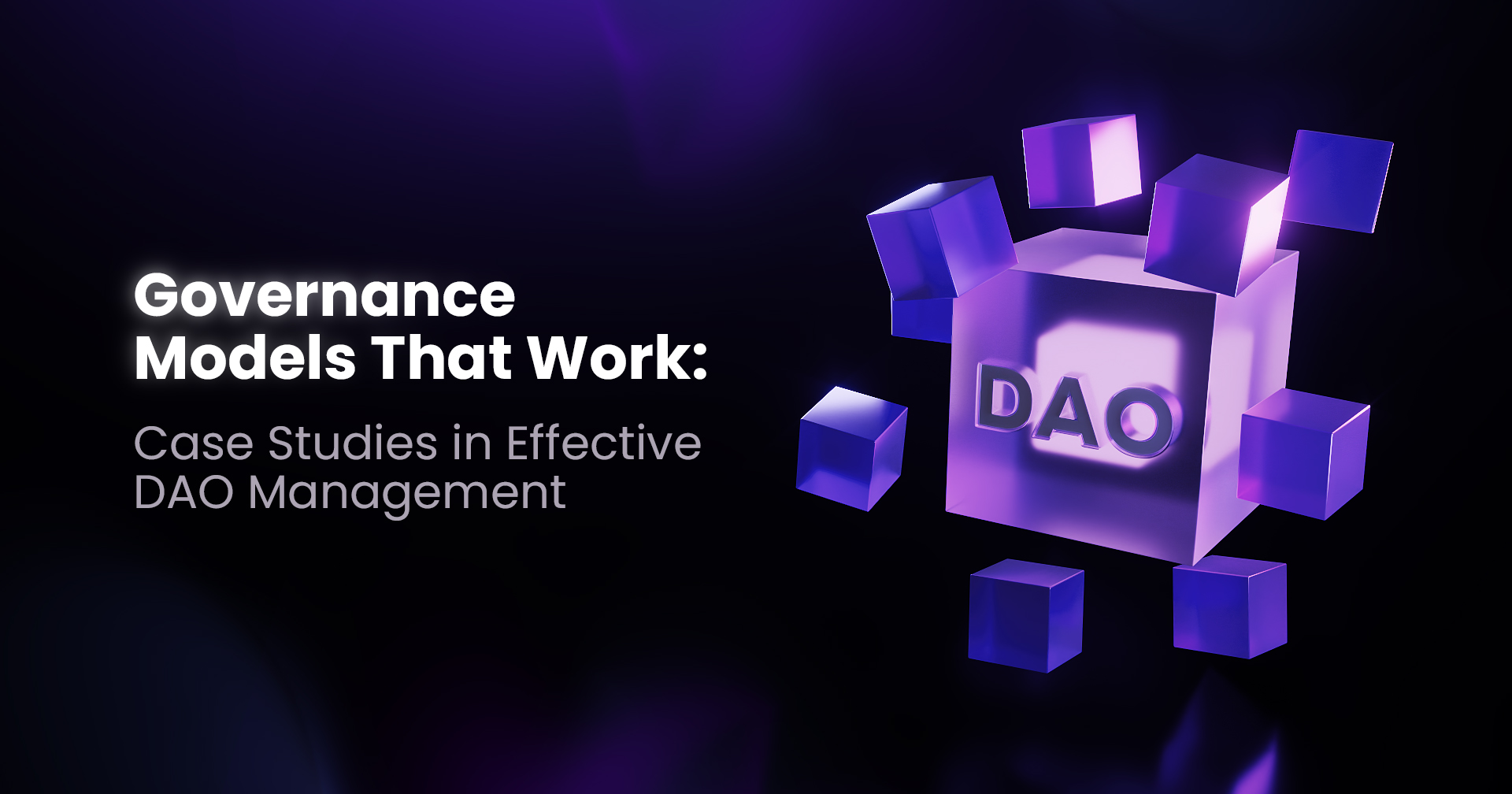
DAO Governance That Works
The intersection of blockchain technology and organizational governance has given rise to Decentralized Autonomous Organizations - entities that challenge traditional hierarchical structures through distributed decision-making. Yet for each successful DAO, many more fail - undone by governance paralysis, voter apathy, or conflicting interests. As we catalog these experiments in organizational design, certain patterns emerge from the archives of what works and what doesn't.
The Core Challenge: Balancing Decentralization with Efficiency
The fundamental tension in DAO governance mirrors a problem librarians know well: how do you maintain open access while ensuring quality control? DAOs must distribute power without descending into chaos. The most effective models recognize that complete decentralization is neither achievable nor desirable. Instead, they create structured frameworks that preserve community voice while enabling decisive action.
Case Study: MakerDAO's Modular Architecture
MakerDAO, governing the DAI stablecoin protocol, developed a sophisticated multi-layered system. Rather than requiring token holders to vote on every operational detail, they established specialized working groups with delegated authority. Core units handle specific functions - risk assessment, protocol engineering, growth initiatives - while major decisions still require broader community approval.
Key governance elements that succeeded:
- Domain-specific expert delegation reduces voter fatigue
- Quarterly budget cycles create predictable planning horizons
- Emergency shutdown mechanisms protect against critical threats
- Transparent treasury management builds stakeholder confidence
The results speak clearly: MakerDAO maintains over $5 billion in total value locked while processing thousands of governance decisions annually. Their model demonstrates that effective delegation doesn't undermine decentralization - it enables it.
Case Study: Optimism's Bicameral System
Optimism Collective introduced a two-house governance structure reminiscent of traditional legislative bodies, yet adapted for blockchain reality. The Token House handles protocol upgrades and treasury allocation, while the Citizens' House focuses on public goods funding through retroactive mechanisms.
This separation proved transformative. By distinguishing between technical protocol decisions and community benefit programs, Optimism reduced governance conflicts and increased participation rates. Their retroactive public goods funding - rewarding projects after they've demonstrated value - solved a persistent DAO problem: how to fund experimentation without endless speculative proposals.
Innovative structural choices that worked:
- Bicameral separation prevents single-constituency capture
- Retroactive funding rewards results over promises
- Non-transferable citizenship balances financial and reputational stakes
- Clear scope boundaries reduce proposal confusion
Case Study: Gitcoin's Quadratic Funding
Gitcoin revolutionized DAO treasury allocation through quadratic funding mechanisms. Rather than distributing grants based on token-weighted votes alone, they emphasize number of contributors over contribution size. A project supported by 1,000 small donations receives more matching funds than one backed by a single whale - even if the whale contributed more individually.
Key outcomes from Gitcoin's quadratic funding:
- Emphasizes breadth of support over concentration
- Encourages grassroots participation and democratic allocation
- Over $50 million distributed to public goods
- High satisfaction compared to token-weighted grants
This mathematical elegance solves the collective action problem that plagues so many DAOs, demonstrating that innovative voting mechanisms can reshape power dynamics effectively.
The Belong.net Connection: Infrastructure for Governed Access
Platforms like Belong.net provide the technical foundation that makes sophisticated DAO governance practical. When a DAO votes to grant certain NFT holders access to exclusive resources or events, the infrastructure handles verification and access control automatically.
Belong.net provides governance execution tools:
- Token-gated access and verification systems
- NFT-based permissions for seamless implementation
- Event management APIs and SDKs
- Both staging and production environments
This technical layer matters because governance remains theoretical without reliable execution mechanisms. A DAO can design perfect voting systems, but if they cannot efficiently verify membership, distribute access rights, or coordinate events, their governance becomes mere spectacle.
Patterns from the Archives: What Consistently Works
Examining dozens of DAO implementations reveals recurring success factors. Effective governance requires what we might call "structured flexibility" - clear processes that adapt to context.
Operational principles of successful DAOs:
- Quorum requirements prevent minority rule exploitation
- Time-locked execution allows community review periods
- Graduated voting power discourages plutocratic control
- Proposal templates ensure adequate information sharing
- Off-chain discussion precedes on-chain voting
- Emergency pause functions protect against attacks
Common failure modes to avoid:
- Voter apathy from excessive proposal frequency
- Plutocracy through unlimited token voting weight
- Analysis paralysis from unclear decision thresholds
- Coordination costs exceeding governance value created
Conclusion: Governance as Living Architecture
The most important lesson from successful DAO governance is that it requires continuous evolution. Like a library collection, governance systems require regular pruning, review, and renewal. The DAOs that thrive treat governance not as a fixed constitution but as infrastructure requiring active maintenance - a perspective that organizations building on platforms like Belong.net understand intuitively as they construct the technical scaffolding for tomorrow's decentralized organizations.